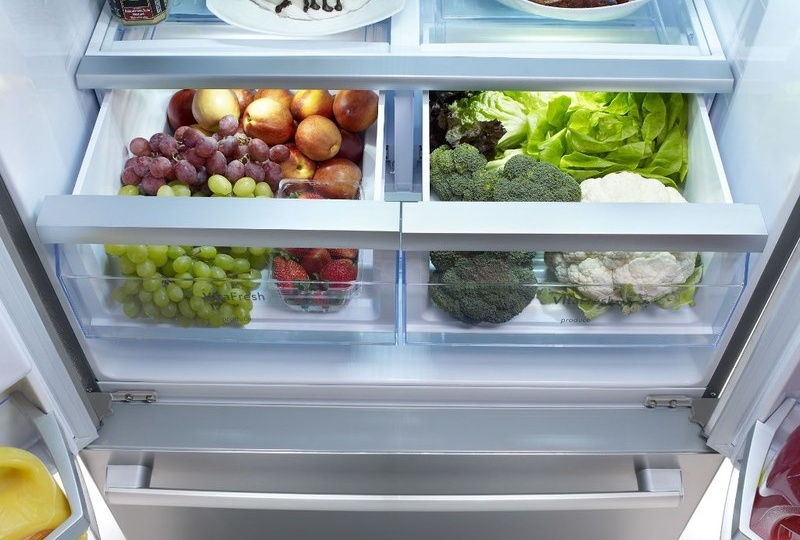How to extend a heating main by pipe extension method
Good day!
In the new house, metal-plastic heating pipes are laid under the laminate and overlook the wall of the heating radiator. The tap began to flow, but stuck. It was not possible to unscrew it without harm to the pipe. Now the press fitting with the tap has been cut off, the length of the pipe has been reduced accordingly. The question is: how to increase the required length on the cut pipe so that the newly installed tap fits the radiator in the same way?
Disassemble the laminate and change the pipe option disappears. Under it, as I understand it, the same press fitting is installed, which will have to be cut. Extend the pipe with another direct press fitting?
Yaroslav
Expert Answer
Hello, Yaroslav.
In the case described by you, there is no need to disassemble the floor covering and completely change the metal-plastic pipe - it is enough to extend the trunk in the same way that it was installed. SNiP regulates that water or heating pipes must be monolithic when they pass inside a concrete base - in other words, the communications branch that runs under the floor must not have joints. In your case, this condition is fully satisfied, because the cliff occurred near the wall.
To build up a metal-plastic pipe, you will need two direct press couplings - PVDF to extend the line and HP (with external thread) to connect to the valve. If the installation of the heating system was carried out by third-party persons, then most likely you do not have a tool for crimping the press fittings. In order not to invite the master again, you can increase the pipe to the desired height yourself, using crimp fittings - they will dispense with special pliers. In this case, in addition to the length of the metal-plastic pipe of the desired length, you will need one straight fitting and a corner with a transition to the internal thread. The last element will reduce the number of joints (of course, the brass elbow used earlier will no longer be needed).
You should not worry about the reliability of crimp type systems. All connections will be visible, so if necessary, you can tighten them. If you do not save, and use the products of leading companies, you can completely forget about the problem for many years. As a rule, high-quality fittings require tightening of the joints only after the first heating-cooling cycle and in the future the owner does not require intervention.


